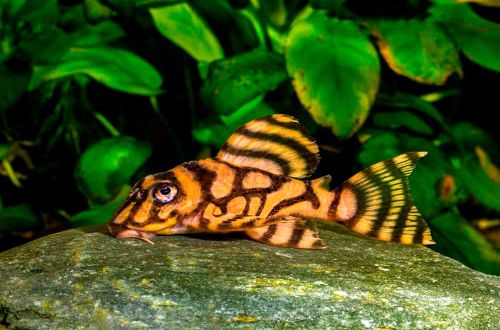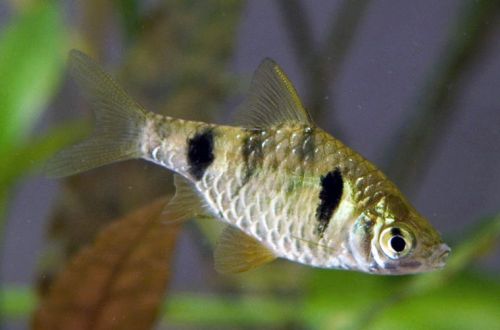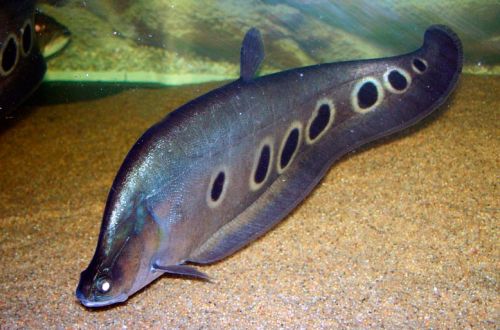
Hypancistrus ‘Yellow Tiger’
Hypancistrus “Yellow Tiger”, scientific name Hypancistrus sp. L 333, belongs to the family Loricariidae (Mail catfish). The catfish is native to South America. It is found in the Xingu River basin, one of the major tributaries of the Amazon in the Brazilian state of Para.

Description
Adult individuals reach a length of 13–15 cm. The body pattern is variable and consists of randomly arranged dark and light spots and stripes. Light shades can range from white to yellow or orange. Young catfish in coloring resemble the related Painted Plecostomus.
There are hybrid variations with a predominantly light color that are erroneously identified with the wrong code L236.
Behavior and Compatibility
Peaceful calm appearance, gets along well with many fish of comparable size. Tetras, Corydoras catfish, some South American cichlids, and others are good choices.
It should not be kept together with aggressive and territorial species. It is also necessary to limit the neighborhood with closely related catfish, in order to avoid hybridization.
Brief information:
- The volume of the aquarium – from 100 liters.
- Temperature – 26-30°C
- Value pH — 5.5–7.5
- Water hardness – 1–15 dGH
- Substrate type – sandy, rocky
- Lighting – subdued, moderate
- Brackish water – no
- Water movement – moderate
- The size of the fish is 13–15 cm.
- Diet – varied diet
- Temperament – peaceful
- Content alone or in a group
Maintenance and care, arrangement of the aquarium
The optimal size of the aquarium for one catfish starts from 100 liters. When keeping a group of 3-4 fish, a more spacious tank will be required, starting from 250 liters.
In the design, it is recommended to recreate conditions resembling the bottom of a river with a moderate flow of water flowing through a mountainous area. The main attention is paid to the lower tier, where places for shelters are formed. At the bottom there is a sandy or gravel substrate, heaps of stones, boulders. Various snags and other natural or artificial decoration elements can be fixed on the ground. It is desirable to plant aquatic plants in pots (containers) immersed in the ground, and / or use species that can grow on the surface of stones and snags, for example, numerous mosses and ferns.
Warm slightly acidic water of low or medium hardness is considered a comfortable environment. It is important to provide a high proportion of dissolved oxygen, whose concentration tends to decrease in warm water. To do this, the aquarium should be equipped with an additional aeration system.
Being a native of flowing waters, Hypancistrus “Yellow Tiger” does not respond well to the accumulation of organic waste. In order to maintain high water quality, it is necessary to install a productive filtration system and carry out weekly maintenance of the aquarium. The latter include replacing part of the water with fresh water and removing uneaten food residues, excrement and other waste.
Food
In a home aquarium, the basis of the daily diet should be a variety of products that combine both protein and vegetable components. For example, popular sinking dry food, spirulina, pieces of fresh green vegetables, frozen and live brine shrimp, daphnia, bloodworms, etc.





